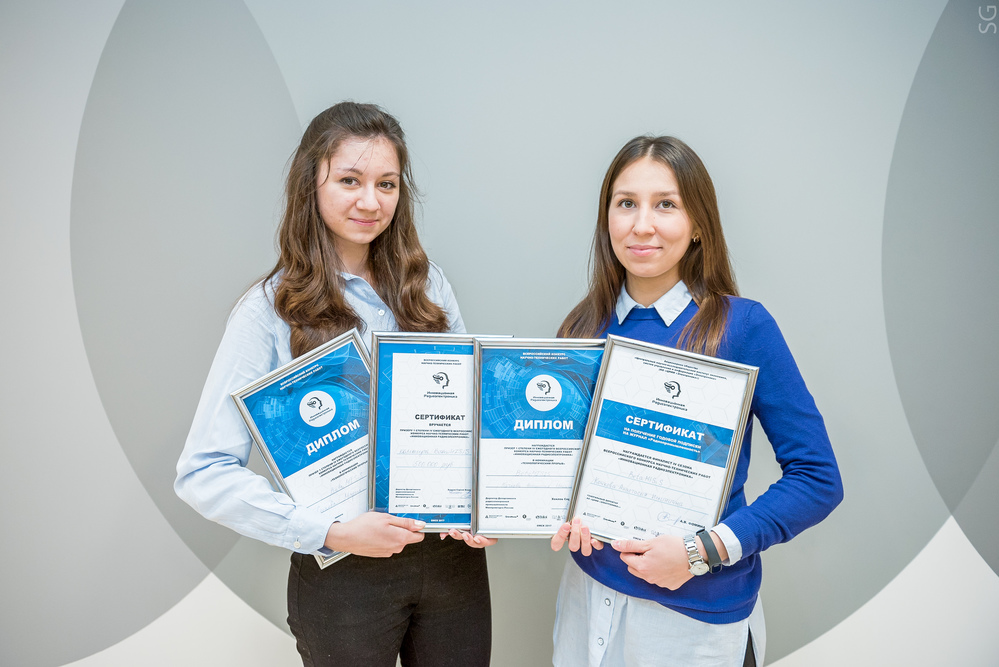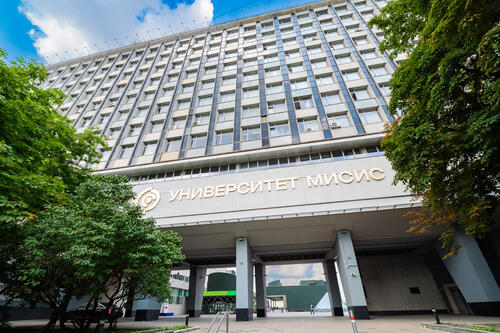Maria Sineva and Anastasiya Kochkova, both NUST MISIS master`s degree students, have improved the capacity of the “eternal battery” developed at the University.
The betavoltaic power supply is capable of continuously generating electricity for decades by converting the energy of β-decay. The increase in the power supply was achieved due to a modification of the reversible contact’s surface, which improved the conversion’s efficiency.
The betavoltaic converter generates electrical power by converting the energy of radioactive decay. The process of producing energy is similar to what happens inside solar batteries, with one exception: the power source — β particles generator — is embedded in the cell. β particles generate electrical current as they interact with radioactive material inside the semiconductor. A power supply like this can operate continuously for several years or even decades, depending on the utilized radioactive element. The cell is designed as a stand-alone power source for low-power electronic sensors that can be used for both military and civilian purposes, such as microelectromechanical systems, small-sized space objects, and medical implants.
Sineva & Kochkova’s development continues research in the field of β-voltaics started at the NUST MISIS Department of Semiconductor Electronics & Semiconductor Physics, which has repeatedly received recognition at different (including state) levels. However, Maria Sineva and Anastasiya Kochkova, both 2nd year graduate students, have managed to significantly improve the converter. As they describe this development, the beta-radiation source (Ni-63 with a
The NUST MISIS master`s degree students` development was awarded 1st place in the “Innovative electronics” contest for the “Technological breakthrough” nomination, which was organized by the Central Scientific Research Institute “Electronics” through the support of the Russian Ministry of Industry and Trade.






